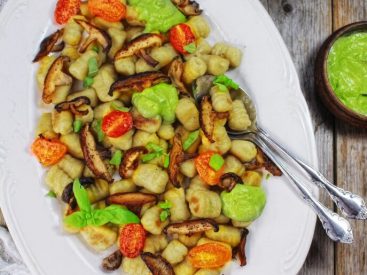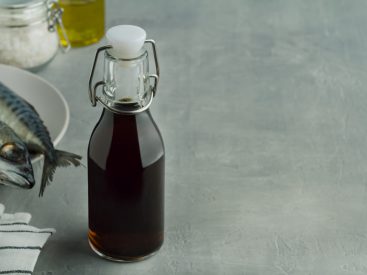Photo via healthline.com. If you are interested in a new ingredient to make your food vibrant and new, consider dabbling with nutritional yeast. It is a wonderful product that has been popping up in recipes fairly recently. Often used as a substitute for cheese, it is quite common with […]
Delicious!
Delicious!



